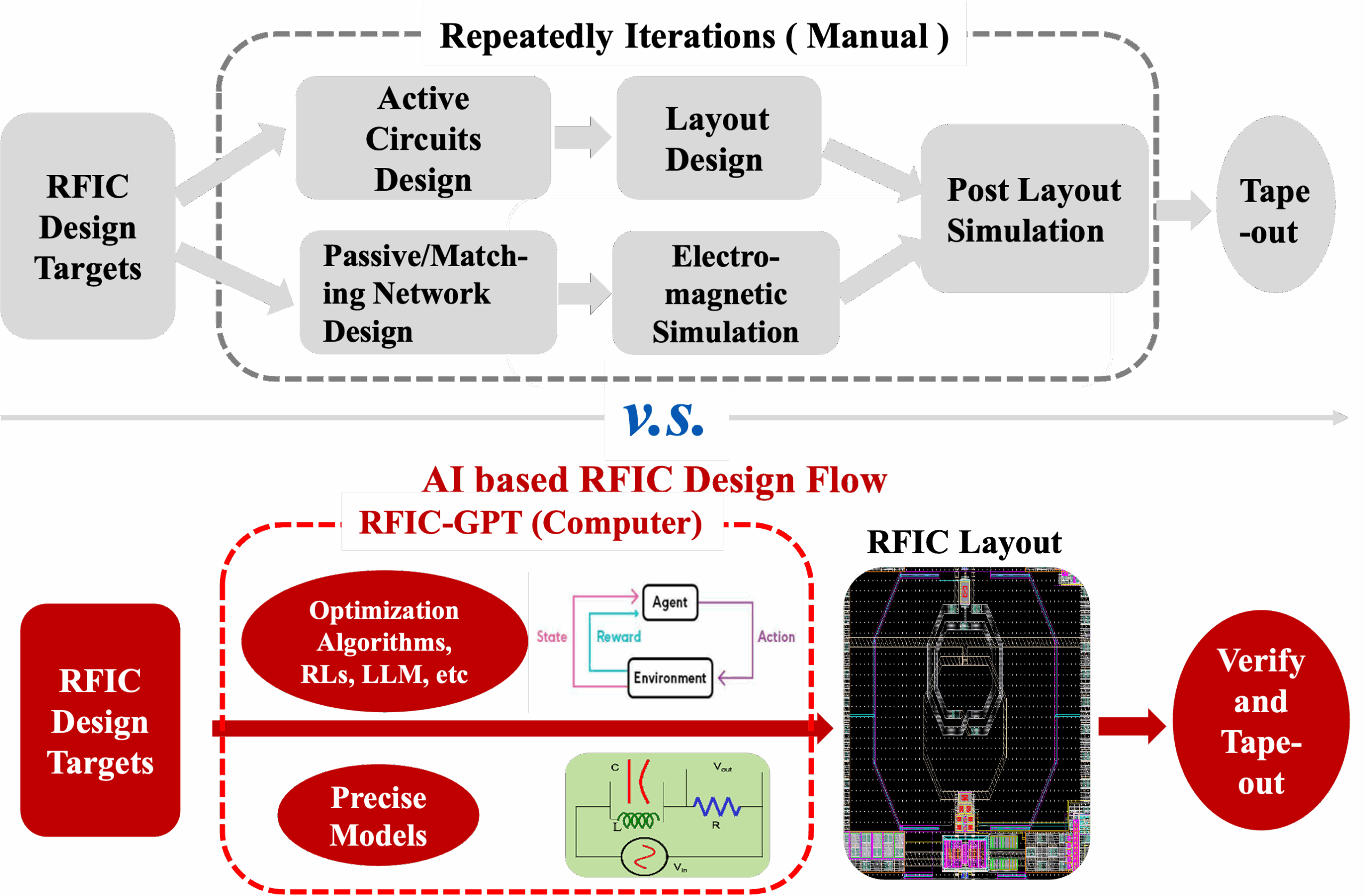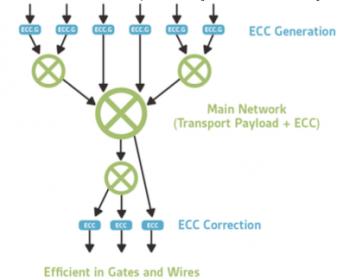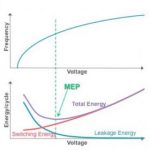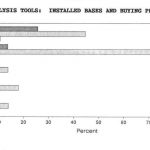Pipelining exploits parallelism of sub-processes with intent to achieve a performance gain that otherwise is not possible. A design technique initially embraced at the CPU micro-architectural level, it is achieved by overlapping the execution of previously segregated processor instructions –commonly referred … Read More
 MZ Technologies Launches Advanced Packaging Design Video SeriesIn a significant move aimed at empowering semiconductor…Read More
MZ Technologies Launches Advanced Packaging Design Video SeriesIn a significant move aimed at empowering semiconductor…Read More Superhuman AI for Design Verification, Delivered at ScaleThere is a new breed of EDA emerging.…Read More
Superhuman AI for Design Verification, Delivered at ScaleThere is a new breed of EDA emerging.…Read More The Quantum Threat: Why Industrial Control Systems Must Be Ready and How PQShield Is Leading the DefenseIndustrial control systems (ICS) underpin the world’s most…Read More
The Quantum Threat: Why Industrial Control Systems Must Be Ready and How PQShield Is Leading the DefenseIndustrial control systems (ICS) underpin the world’s most…Read More Radio Frequency Integrated Circuits (RFICs) Generated by AI Based Design AutomationBy Jason Liu, RFIC-GPT Inc. Radio frequency integrated…Read More
Radio Frequency Integrated Circuits (RFICs) Generated by AI Based Design AutomationBy Jason Liu, RFIC-GPT Inc. Radio frequency integrated…Read MoreSupporting ASIL-D Through Your Network on Chip
The ISO 26262 standard defines four Automotive Safety Integrity Levels (ASILs), from A to D, technically measures of risk rather than safety mechanisms, of which ASIL-D is the highest. ASIL-D represents a failure potentially causing severe or fatal injury in a reasonably common situation over which the driver has little control.… Read More
Semiconductor IP Reality Check
A robust, proven library of IP is a critical enabler for the entire semiconductor ecosystem. Without it, ASIC design is pretty much impossible, given time-to-market pressures. Said another way, designing IP for your next chip simply doesn’t fit the schedule – most teams have barely enough time to integrate and validate pre-existing… Read More
Integrated Power Management IP to Decrease Power and Cost
This blog is the synthesis of a white paper “New Power Management IP Solution from Dolphin Integration can dramatically increase SoC Energy Efficiency”, which can be found on Dolphin Integration web site.
The power consumption generated by complex chips was not a real issue when the system could be simply plugged in the wall to … Read More
Beyond DRC and LVS, why Reliability Verification is used by Foundries
Reliability of ICs isn’t a new thing, because back in 1980 I was investigating why a DRAM chip using 6um technology was having yield loss due to electromigration effects. I recall looking through a microscope at a DRAM layout and slowly ramping up the Vdd level then suddenly the shiny aluminum interconnect started to change… Read More
Webinar: Multicycle Vectorless Dynamic IR Signoff for Near 100 Percent Coverage
Check this webinar out – Mediatek will share a novel approach to early IR drop estimation. Competition in system design has become even more intense because potential markets are huge and there are more players with deep pockets chasing those markets. Wherever you are in those value chains, you want to shift everything left to accelerate… Read More
Facebook and WhatsApp are not just flawed they are downright dangerous
Facebook’s woes are spreading globally, first from the U.S., then to Europe and now in Asia. A study by researchers at the University of Warwick in the U.K. has conclusively established that Facebook has been fanning the flames of hatred in Germany. The study found that the rich and the poor, the educated and the uneducated, and those… Read More
UMC and GF or Samsung and GF?
One of the interesting rumors in Taiwan last week was the possibility that UMC and GF will do a deal to merge or UMC will buy some GF fabs. I have talked to quite a few industry experts about it and will talk to more this week at the GSA US Executive Forum (more at the end). The US Executive Forum is what they call a C Level event which means it… Read More
Mentor Rise and Fall
This is the fifteenth in the series of “20 Questions with Wally Rhines”
During 1980 and 1981, three companies, Daisy, Mentor and Valid were founded. Daisy and Valid attacked the computer automated design business with custom hardware workstations plus software to provide the unique capabilities required by engineers.… Read More
OnStar Missing the Florence Boat
Here we go again. A hurricane is closing in on the U.S. East Coast and General Motors’ OnStar connected car team – now part of something called Global Connected Consumer Experience – is AWOL.
While mandatory evacuations have been ordered and two-way highway connections to the coast have been switched to single… Read More













Quantum Computing Technologies and Challenges